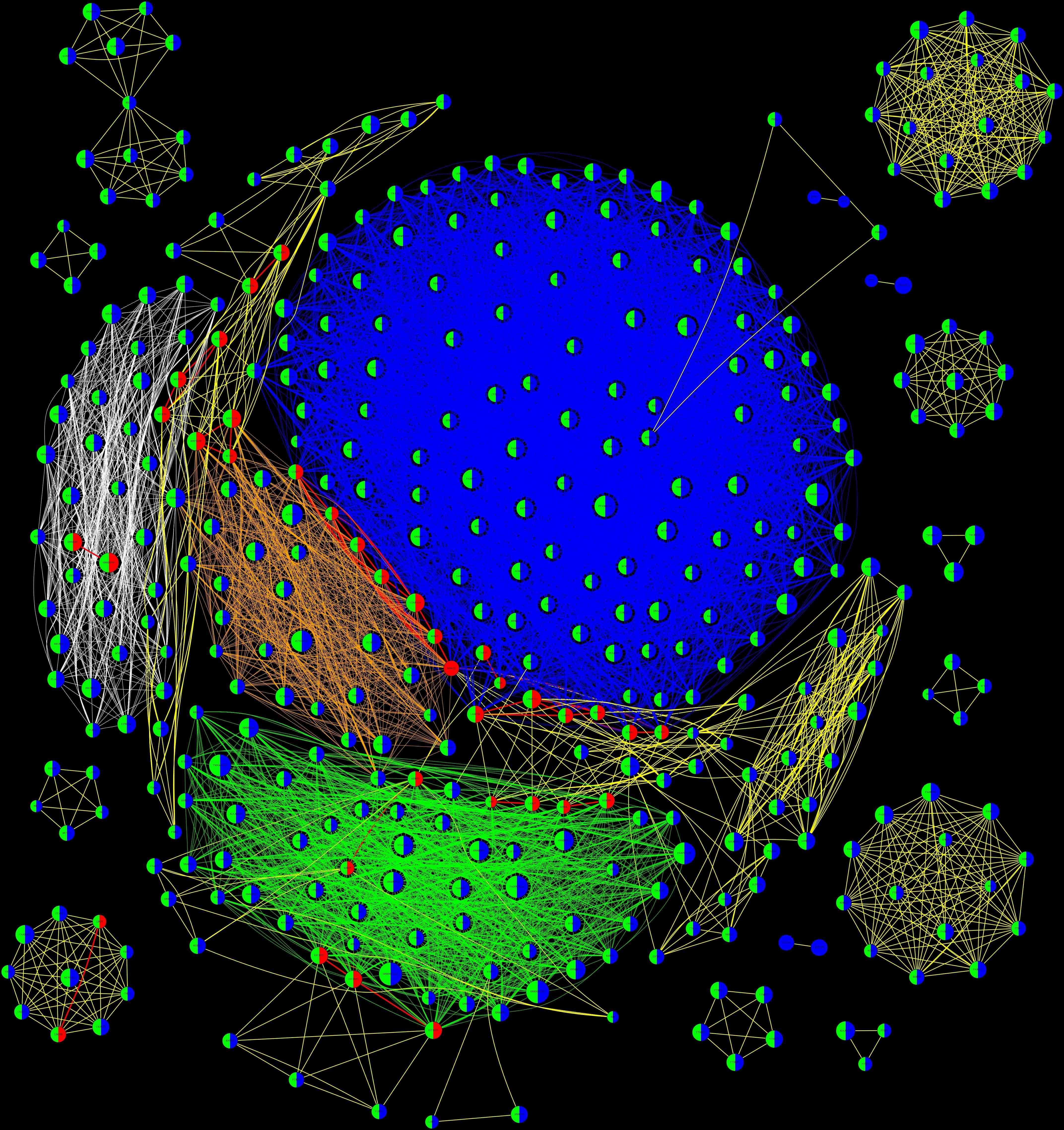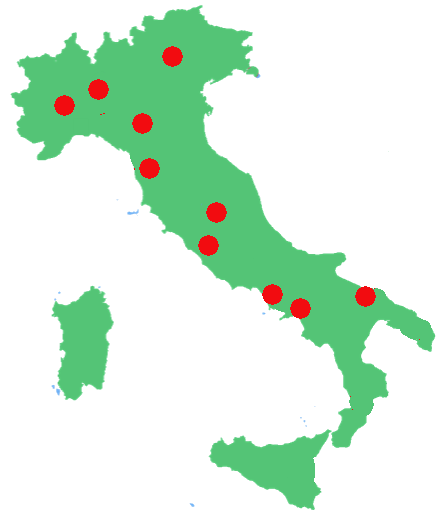Abstract
 New experimental advances in cell and molecular biology are returning large scale,
quantitative experimental data and novel discoveries of natural phenomena. A key
emerging approach to understand such new data and phenomena is based on the
development and applications of the methods of Theoretical Physics. This is a novel,
strategic research field, known as Biological Physics, well inserted in the framework
of the Statistical Physics research area of INFN (Line 6). Our project aims at bringing
together the INFN scientific community working in this crucial, growing field of
theoretical physics, where huge opportunities exist for major scientific breakthroughs in
basic science and for important applications to biotechnologies and medicine. It is a
unique opportunity to progress such strategic knowledge in Italy.
New experimental advances in cell and molecular biology are returning large scale,
quantitative experimental data and novel discoveries of natural phenomena. A key
emerging approach to understand such new data and phenomena is based on the
development and applications of the methods of Theoretical Physics. This is a novel,
strategic research field, known as Biological Physics, well inserted in the framework
of the Statistical Physics research area of INFN (Line 6). Our project aims at bringing
together the INFN scientific community working in this crucial, growing field of
theoretical physics, where huge opportunities exist for major scientific breakthroughs in
basic science and for important applications to biotechnologies and medicine. It is a
unique opportunity to progress such strategic knowledge in Italy.
Our envisaged research plan is focused on developing the methods of theoretical physics to understand living systems at three different, interlinked scales, corresponding to our major research areas: the characterization of biomolecules and their interactions; the 3D organization and regulation of genomes; regulatory networks of molecules, cells and neurons. We are employing and developing concepts and tools of statistical mechanics and of computational physics, ranging from the theory of many-body systems, to polymer physics, stochastic processes, computer simulations at the classical and quantum level, and high-throughput data analysis. Beyond its scientific potential, our project will provide an important competitive advantage to the INFN community in the international scenario where similar consortia exist in all major EU countries and in the USA. While this is a theoretical physics project, our research strategy is also based on strong, on-going collaborations with biology and medical labs, across EU and USA, to explore fresh data by modelling and to test directly the predictions of our models.


